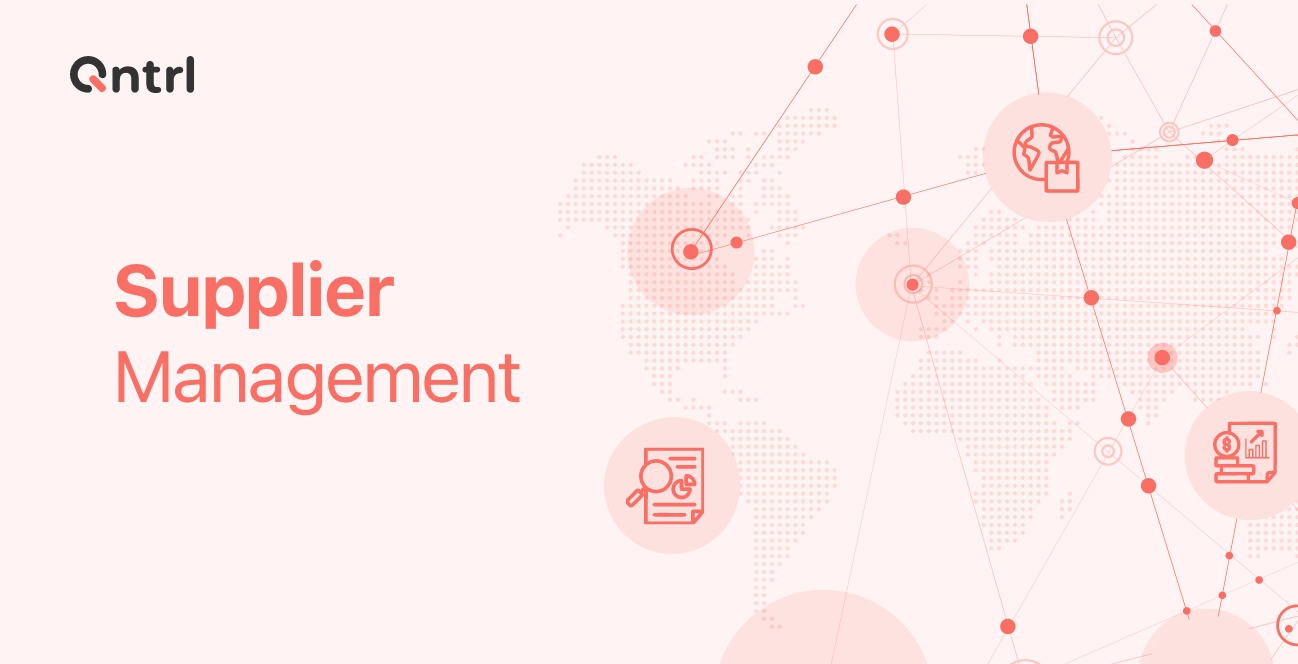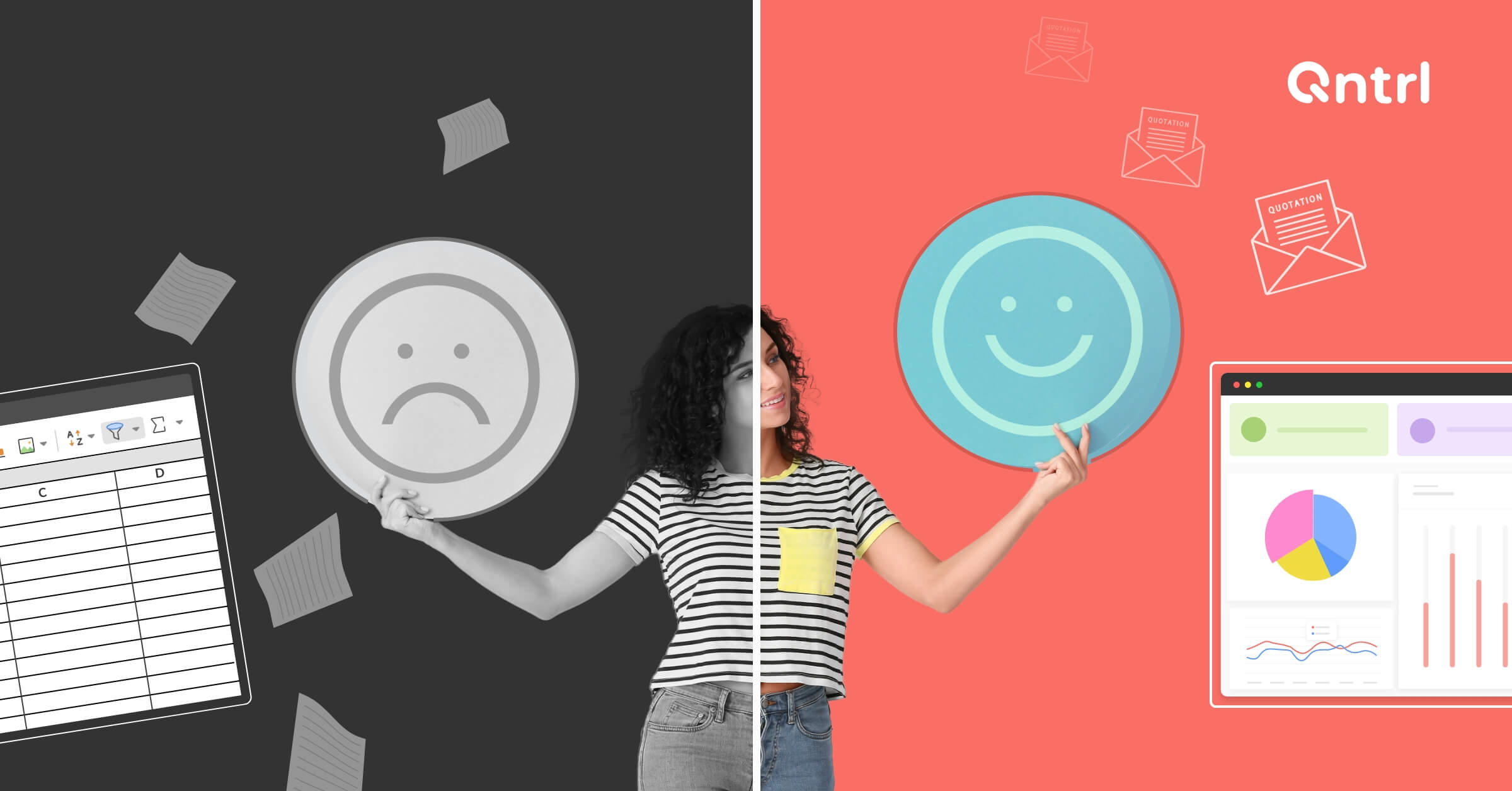The procurement process is different for every organization—no arguments there—but there are certain problems that show up time and again, like delays in selecting a vendor, communication lag among teams, or information spread across many channels. Any disruptions in your process have to be addressed, and you need a solution to standardize your process, be it with a tool or with a change in approach.
This article aims to help you find the right software for your source-to-pay (S2P) process, so you can tackle problems that a manual approach isn't suitable for.
Step 1: Find the problems in your procurement process
When considering the best software for procurement, it's important to ask yourself what problems you want to solve. This will help guide your search and narrow down your choices.
For example:
I need a solution that generates accurate purchase orders without requiring me to enter data into Excel each time manually.
My company is in the process of switching from paper documentation to electronic records, so I need a tool that can handle this transition gracefully.
The benefits associated with solving these problems will vary depending on the needs of each organization—but they should be defined in terms of tangible business outcomes, like increased efficiency or reduced costs.
Step 2: List out features you need to solve your existing problems
Here are some important features that every procurement software must have:
The software should be process oriented and support your complete S2P process—creating and submitting purchase requests, sourcing and managing vendors, invoice approval, using digital audit trails, and analyzing metrics and spend analytics.
Make sure it has an intuitive workflow builder which can help you rely less on paperwork and the other clunky processes involved in processing requests or approving them.
Procurement means a lot of money is at stake, so check if software can incorporate enterprise-level compliance and caters to your policy restrictions. It should be able to reduce major risks, fraudulent activities, and other compromises by ensuring everyone adheres to rules set by admin.
Automation is a must—it offers a frictionless process, reduces manual repetitive tasks, and leaves you with zero errors.
If it can't manage vendors, then keep looking! Good procurement software should be able to centralize vendor details, cross-verify and track vendors, and streamline vendor communication.
It's a bonus if you can communicate with your team on a single platform, where all your requests, data, reports, and the latest updates and status are already there. Communication with information spread across multiple channels only invites chaos.
Check for advanced third-party integration. Good software can help you integrate with applications like your ERP, CRM, or other fintech tools. Making sure of this can give you the best of all worlds.
Does the solution have a strong reporting tool? This is an important question to ask yourself. Reporting tools are essential to measure procurement performance, efficiency, and effectiveness. Good reporting tools are also useful in terms of analyzing information about contracts, tenders/quotas, invoices, and other relevant records.
Can it be operated from anywhere, at any time, even on a mobile phone? SaaS empowered with mobile-friendly technology is ideal if this is a concern of yours. Mobile capabilities mean you can approve requests or push notifications on the fly, which can save a lot of time and energy.
Last, but not least, go for software that is low-code or no-code. If you need a different IT team or new skills just to handle your procurement software, then all it does is consume time. Choose software that's easy to use and easy to learn.
Looking for software that checks all the boxes?
Step 3: Register for demos and free trials
If you feel a particular piece of software has everything you need, then the next step is to analyze if it's easy to use and compatible with your business processes. The best way to do that is by signing up for free trials and demos. They give you an extensive, practical understanding of how the software works, how well the customer support team will help you out, and whether all the features that were marketed are functional in the product.
Step 4: Test and buy!
A proof of concept helps you test an idea for efficacy before you purchase the software. So check if the vendor provides a proof of concept, and see if that aligns with all your business requirements.
Additionally, software that's designed to be scalable is more cost-efficient when your organization expands. Customizations made by the end user, the current database structure, inputs and outputs like reports, and connectivity to other database systems are all factors you should be considering.
Nobody likes to spend time and money testing, developing, customizing, and training on software, only to discover a year later that they need to replace it because the company's needs have outgrown it and the software isn't scalable. Only with careful consideration at the time of purchase can you raise your chances of finding software that can grow with you, as you need it.
There’s no reason to wait any longer! Start by identifying your goals and then finding the software that best meets them. Qntrl is a process-focused platform with dedicated features to aid any procurement process. Once you have a clear plan in place, you can start building a robust procurement system that will allow your business to thrive for years to come.







